"Huizhou Wenmai · Wind" Millennium Ancient County Ningwen History and Fugui Mine, Lianghua Old State Explanation Times Vitality
Author:Yangcheng Evening News Yangche Time:2022.09.10
Coordinated planning/Yangcheng Evening News all -media reporter Ma Yong Chen Xiaopeng
Text/Picture Yangcheng Evening News reporter Chen Liyuan (except for signing)
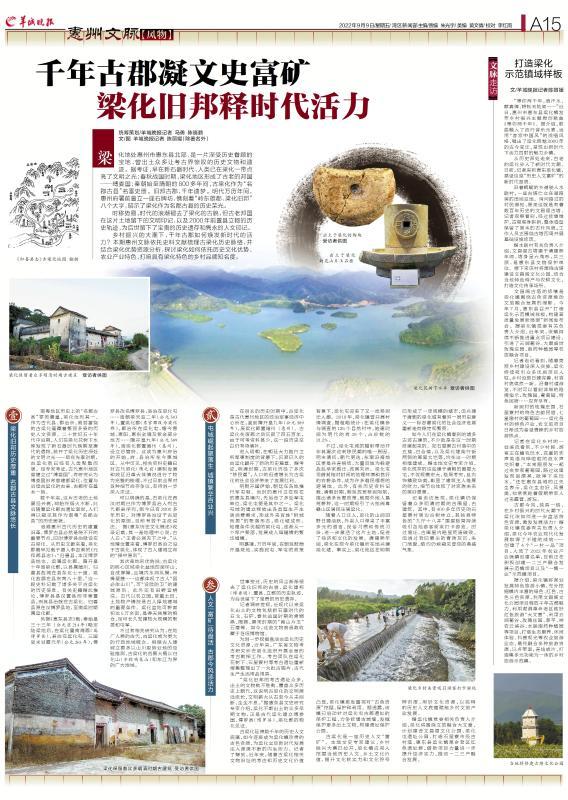
Yangcheng Evening News "Huizhou Wenmai" September 9th version of the face map
Lianghua is located in the northern part of Huidong County, Huizhou City. It is a treasure land that has been deeply concerned about by history. Many historical relics and relics that have been amazed by the archeological world have been unearthed. According to research, as early as the Neolithic era, human beings have brightened the light of civilization in the Lianghua area; during the Spring and Autumn Period and the Warring States Period, the ancient state of the Lianghua area, the binding state; During the year, Gu Lianghua was a history of the famous history of "ancient counties". Old Banggu County, a thousand -year -old dream. During the Wanli period of the Ming Dynasty, the Huizhou government had established a stone archway before, engraving the eight characters "Lingdongxiong County and Lianghua Old State", which showed the historical glory of Liang Hua as the ancient county of Ming County.
The trend of time is easy, the wave of the times has faded the ancient appearance of Liang Hua, but the civilized mark left by the ancient state in this land, and the historical trajectory of the county and county before 2000, left precious historical historical trajectory for future generations. Humanities and timeless humanities.
Under the tide of revitalization of the countryside, how can the millennium ancient county rejuvenate the vitality of the new era? In this issue, Huizhou Wenmai relies on historical materials to sort out the historical context of Gu Lianghua, and combines the analysis of the advantages of Lianghua to explore how Liang Hua rely on historical and cultural advantages and the characteristics of the agricultural industry, and has launched the popularity of rural brands with Lianghua characteristics.
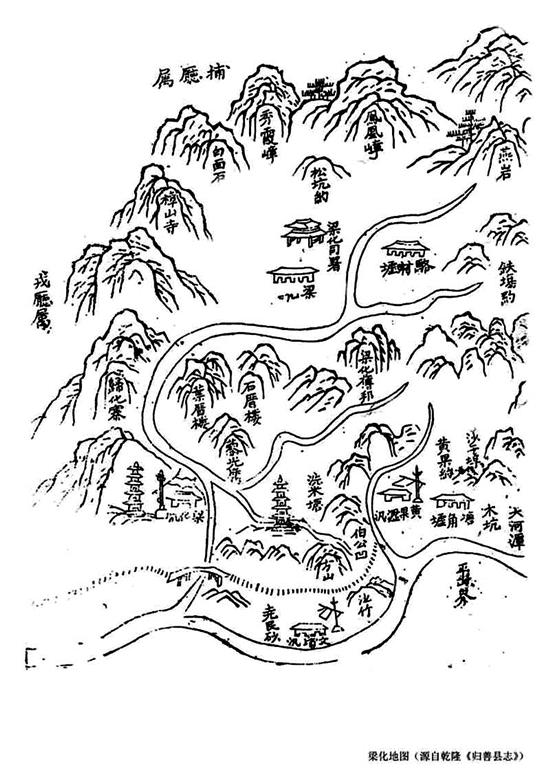
"Guishan County Chronicle" ancient Lianghua map remake
One Lianghua Old State History has a long history of Guxian County
The "famous county ancient county" in the history of the Nanyue area is rare in the morning star, and the beam is one of the one. As an ancient county and county, the beautiful and rich ancient beams contained the magnificent historical and cultural resources. In the mid -to -late 1950s, people found the relics from the late Neolithic period to the Tang Dynasty under the reservoir under the Lianghua tree, and opened the light of civilization in the depths of Lianghua history -as early as the pre -Qin period, the ancient Lianghua was about it. Humans have gathered. After research by experts, the ancient Huizhou region had established a "binding state". Some studies believed that the old states of the binding state had built the capital into the capital, and the location was basically the same as the ancient county and ancient county of Gu Lianghua.
For thousands of years, this ancient land has been repeated and declining, but it has been continuous. Since then, with the emergence of the ancient site of Lianghua County, people have been able to see it as the historical face of Nanyue's "ancient county".
Tracing back to the establishment of ancient history of Huizhou, Boluo Gu County must be an important node that cannot be around. From the perspective of historical documents, Lianghua County was first seen in the "Yuanhe County Chronicle", which was first contained in the Tang Dynasty Li Jifu: "Guizhan County, Ben Han Bo Luo County also. Liang belongs to Lianghua County. State. The hometown of Guishan County is 70 miles northeast of the county. Lianghua's hometown is eighty miles southeast of the county. "This historical data records many historical information about Gu Lianghua. According to this historical book, Bo Luo County is Hanzhi County instead of Qinzhi County, and its county governance is in Gu Lianghua. Guishan County was originally in Hanbo Luo County, and it belonged to Lianghua County during the Nanliang period.
According to the "Huidong County Chronicle", after the 33rd year of Qin Shihuang (214 BC) slightly settled in Lu Liangdi, in Lianghua Platform Nanhai County (belonging to Fu Luo County), and the county rule in Lianghua Tun. In the first year of the three kingdoms Wu Ganlulu (AD 265), Fu Luo County was renamed Boluo County, and the county rule in Lianghua Tun ... In the second year of Liang Tianjian in the Southern Dynasty (AD 503), Lianghua County (Dongguan County was changed to Lianghua County), the county rule was located Liang Huatun, under the jurisdiction of Huicheng, Huiyang, Huidong, and Zijin parts of the place ... In the nine years of Emperor Sui Kai (AD 589), Lianghua County followed the prefecture (Huizhou) and set up the general management government. This has become the beginning of Huizhou government, and the prefecture and county governance are located in Jinhui City. It can be seen that the historical records of relevant data have been combined to complete the development of the ancient Lianghua (before the Sui) and the political districts. However, the industry is still controversial in various details, and it needs to be further inspected.
It can be clear that Gu Lianghua had been used as the sequence of ancient counties and counties in the Western Han Dynasty, and it has a history of more than 2,000 years. There are currently several mainstream claim about the reasons for the governance of Bolo County in Gu Lianghua. According to the records of "Overview of Huidong History and Culture", one is the Geographical Center, the ancients said: "The king must live in the world." From the perspective of geographical location, the old county of Bo Luo was located in Gu Lianghua, reflecting the ancients, reflecting the ancients, reflecting the ancients, reflecting the ancients, reflecting the ancients, reflecting the ancients, reflecting the ancients, reflecting the ancients, reflecting the ancients, reflecting the ancients, reflecting the ancients, reflecting the ancients, reflecting the ancients, reflecting the ancients, reflecting the ancients, reflecting the ancients, reflecting the ancients, which reflected the ancients, which reflected the ancients Jiancheng Libang's "selection principle".
Followed by the terrain advantage, the core area of Gu Lianghua is surrounded by mountains on all sides, self -made barriers, and the domestic water network is vertical and horizontal. "The principle of Jiancheng. In addition, there are fields. In ancient times, the country was established with the country, and the first Tutian was the first to build land. The Lianghua Basin can cultivate an area of more than 50,000 acres. It is a unique granary, which can support a large -scale settlement and troops for a long time.
However, there are related studies that in ancient times, the ancient beams or more were the concepts of administrative regional concepts. According to the experience of the ancient people's Jiancheng County, the experience of the mountains and rivers is speculated that the scope of ancient Lianghua is probably the vast area of naturalization (also known as Jicheng Mountain) and Dongjiang.
The rise of the settlement of the settlement of the settlement of the settlement of the city
In a long historical period, Gu Lianghua was the political and military and economic center of ancient Huizhou. Until the nine years of Emperor Sui Kai (AD 589), the waste Lianghua County followed the state (Huizhou). Gu Lianghua was silent for four or five hundred years after the waste county. Due to the small amount of information, this period of historical gaps still need to be filled.
Entering the Ming Dynasty, in the context of the imperial court's vigorous implementation of the health system, Gu Lianghua, who had been silent for a long time, opened a new historical chapter. According to research, during the Ming and Qing dynasties, Gu Lianghua has gone through many "immigration waves", and the rapid growth of the population has brought development bonuses to the socio -economy of Gu Lianghua. At the beginning of the founding of the Ming Dynasty, the court promoted the military system in various places. At that time, Huizhou Wei set up a number of military units in Huidong County, and Liang Huatun was one of them. The establishment of Liang Huatun City has released various types of production and living consumption needs, forming a settlement form of "living in the city" by foreign people. Liang Huatun, with superior geographical conditions, gradually developed from a military household settlement to develop the bustling market town of adult smoke.
During the Jiajing and Wanli period of the Ming Dynasty, in the background of the court encouraging the reclamation of the wasteland and implementing the people of Mintun and Jun Tun, Liang Huatun ushered in another group of immigrants. In 2018, Lianghua Town carried out village situation surveys. According to rough statistics: Among the 125 natural villages participated in the survey of Lianghua Town, there were 39 in the Ming Dynasty, accounting for 31.2%of the total.
However, the radiation of Liang Huatun City is not the only reason for the repeated usage of immigration. In the late Ming and early Qing dynasties, the dynasties changed, and the southeast coastal areas were even more disaster. A large number of people were displaced and displaced in order to avoid the war. Liang Huatun has become the ideal residence of many refugees with its relatively closed geographical environment and good farming conditions. In addition, about historical data records, during the Qing Dynasty, the court relaxed immigration restrictions, launched many preferential policies, and encouraged foreigners to recover the cultivation of wasteland. During this period, a large number of residents of Fujian, Guangdong and Ganshan District moved to the beam.
With the movement of the population, Liang Hua's mountain fields are active, and the foreign population brings rich and diverse language, folk customs and traditional customs, further activated this land and promoted the development of economic and cultural. During the Kangxi reign of the Qing Dynasty, Liang Hua built Lianghua Market in the current location of Lianghua Town. In fact, the Lianghua area has formed a certain scale market in the Ming Dynasty, but the Lianghua market built in the Qing Dynasty has another historical significance -marking that Liang Hua's socio -economic development has re -stable and prosperous.
Liang Hua retains many interviewees of ancient buildings during the Ming and Qing Dynasties.
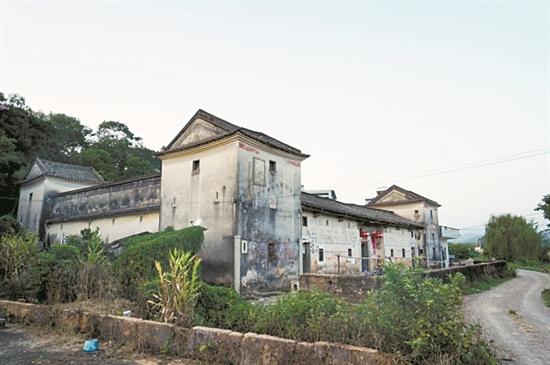
Many of the ancient and ancient buildings that people see in Lianghua Town today are built during this period. For example, the fifth floor, Rihe Building in the ancient village of Shiwu, and the dwelling house on both sides of Chaixing Street in Lianghua Market, were completed in this period. According to local literary and historical experts, Liang Hua's existing houses built in the Qing Dynasty are not only large -scale, exquisite patterns, but also exquisite interior, which shows the strong financial resources of the building owner. Essence
Liang Hua retains many interviewees of ancient buildings during the Ming and Qing Dynasties.
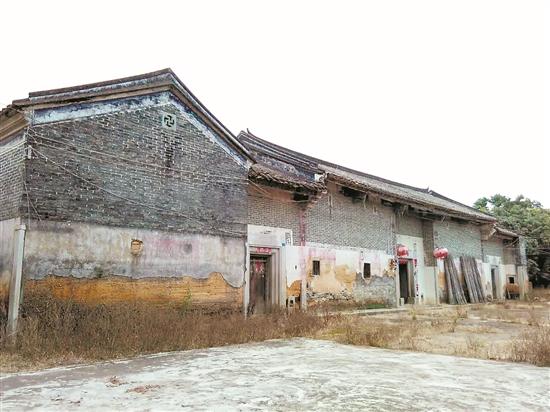
The reporter visited and found that Lianghua Town still retained many ancient enclosures and ancient buildings in the Ming and Qing dynasties. Among them, there are more than 400 years of history of the ancient trees around the Village of Shiju, and its unique "Nine Line and Eighteen well" fence pattern continues to attract tourists from all over the country to check in. When the situation moved, the ancient enclosure house was slightly deserted, but through the old -fashioned green brick gray tiles and Zhumenqi windows, it was still possible to see the once -prosperous weather.
Three humanities "rich ores" to live in the ancient county today's wind add vitality
The changes in the world, the dust and dust of history gradually faded the ancient appearance of Liang Hua's old state. Liang Huajian's historical trajectory of the Jianbang (Banglong), Zhixian County, and Li County left valuable historical relics for future generations.
The reporter's investigation found that the cultural relics unearthed from Lianghua in modern times include the Shi Ge and Shijie of the Neolithic Age, the bronze Ding and pottery bowls of the Spring and Autumn Period and the Warring States Period, and the "Kunshan Shipu" stone mill during the Tang and Song dynasties. Today, these cultural relics have been collected in museums at all levels.
Unearthed from the Jade Mags of Kunshan Film in Lianghua
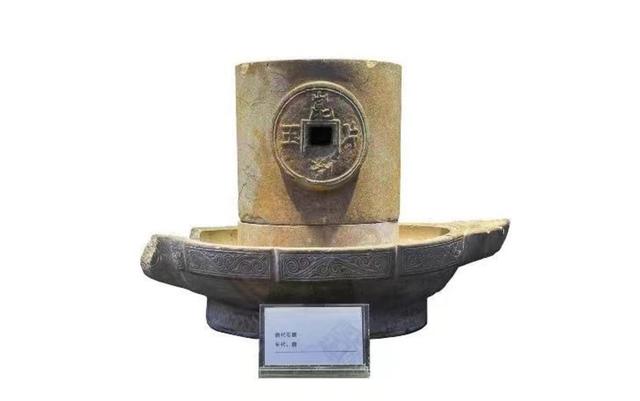
In order to further excavate the historical and cultural resources of Gu Lianghua, in recent years, the Guangdong Provincial Institute of Cultural Relics and Archeology has carried out comprehensive archeological exploration work at Lianghua Organization. Archaeological teams have re -collected archaeological sites under the Lianghuahua Tree and Shiwu Village and other archaeological sites.
Figures of the respondents unearthed in Lianghua's pottery
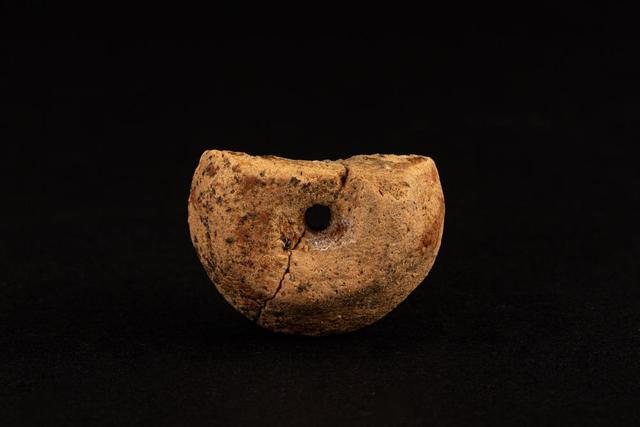
"There are many archeological sites of Liang Hua's old state, and there are countless cultural relics. It covers many dynasties in history. This shows that the source of civilization of Gu Lianghua has a long history. Research experts introduced that many early cultural relics that Liang Hua continued to be unearthed were the foundation of the foundation of Liang Hua, Fu Luo County (Boluo County), and Lianghua County.
The historical and cultural heritage of Gu Lianghua's thousands of years has gradually become a precious antique resource of Lianghua Town, and injecting endogenous motivation for Liang Hua based on the development of the new era. The reporter learned that in recent years, with the archeological and historical and cultural values of the old cultural relics related to Gu Lianghua, Lianghua Town has paid more attention to the mining, protection and utilization of "antique resources". According to reports, the town has launched a protection project for the Lianghua Tun Gu County site, strives to repair the ancient city walls, explores and protects more unearthed cultural relics, and builds the site protection park.
Gu Lianghua is a historical and humanistic "rich mine". Local literary and historical experts suggested that the curtain of rural revitalization has been opened. Lianghua Town should thoroughly tap local historical and humanistic, local cultural value, enhance cultural soft power and cultural symbol recognition, and use cultural resources to empower the unique historical and humanistic background. The development of rural cultural tourism industry.
According to the relevant person in charge of the Party Committee of Lianghua Town, Liang Hua will plan to build Wenchang Pavilion Cultural Park and Lianghua Tun Ruins Park around the integration of cultural tourism and tourism. Site groups, with the help of project power to further enhance economic strength and promote the integration and development of one, two, and three industries. Interviewee confession in the reservoir under the Lianghua flower tree [Visit]
Create a model of the beam demonstration town

Text/Yangcheng Evening News all -media reporter Chen Liyuan
"Waiting for you for two thousand years, sweating, presenting true feelings, and cultivating the world ..." Recently, Lianghua Town, Huidong County, Huizhou City released the original song "Waiting for You for two thousand years". According to reports, the song integrates the popular music elements, and uses the "Hakka Chinese style" rap style to sing the ancient and modern changes that spans the 2000 years, showing the charming towns with vitality in the new era.
From the depths of history, the ancient beams have entered the tide of the new era. A few days ago, the reporter came to Huidong Lianghua Town to feel the new era of this "historical and humanistic rich mine".
Laureate the winding road along the winding township, and an ancient tower stands on the fields next to the road. Ask the passing villagers to know that this is the ancient tower of Wenchang Pavilion with a history of hundreds of years. The reporter observed that after repair and maintenance, the Guta body was brand new, and the overall shape retained the original simple style. The staff is building infrastructure around the ancient tower.
Local will build Guta Cultural Park
According to the relevant person in charge of Shuilian Village, the ancient tower of Wenchang Pavilion was built during the Kangxi reign of the Qing Dynasty. The tower body was hexagonal, with a total of three floors. It is a cultural relics protection unit in Huidong County. Next, the village will build Wenchang Pavilion Cultural Park around Gulipa, combined with local specialty products and farming culture to create a place for cultural heritage.
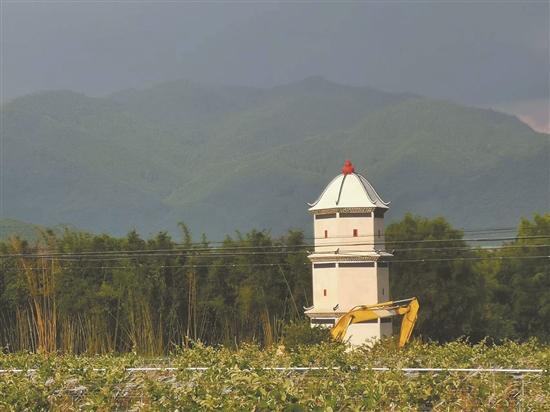
The repairs of the ancient tower of Wenchang Pavilion are the epitome of the integration of cultural tourism in Lianghua Town around antique resources. In July of this year, Huidong County held a press conference on "Building a Model of Town in the Lianghua Demonstration and Establishing a new situation of high -quality development". According to the relevant person in charge of the Party Committee of Lianghua Town, in recent years, the town has continuously promoted the construction of key projects, and introduced agricultural tourism integration projects such as Yunxuan Vinery, Datang Shengshi Rose Manor, and Nanyao Plantance Garden.
The reporter visited that with the in -depth implementation of the beautiful rural construction, Liang Hua continued to attract many high -quality projects to enter, the rural facilities were perfect, and the villages and villages were refreshing. From time to time, you can see detailed street signs instructions, rose gardens, vineyards, special homestays ...
Xinmin Village's Rose Manor, the characteristic ancient rhyme homestays of Shijuyu Village, the vineyards of Qixingdun Village ... The characteristic industries and agricultural cultural tourism projects of Lianghua villages have become popular rural tourism hotspots.
The reporter saw in a stream in Lianghua Village that many villagers and tourists were playing with water, and the laughter and laughter of children intertwined with the flowing water. "Originally, I came to visit the vineyard with my friends. I was very beautiful to find it, so I stopped to play with water." Mr. Jiang, who lives in Huidong County, said that Lianghua ecology is good and beautiful. ,play.
Lianghua rural beauty attracts tourists to check in and play
The ancient county is unique. In the tide of rural rejuvenation, how can Liang Hua further revitalize special resources and stimulate development vitality? According to the relevant person in charge of the Party Committee of Lianghua Town, Lianghua's agricultural modernization has achieved good results this year -created 4 "one village, one product" project, selected for the establishment list of the strong agricultural industry town in 2022, and is currently actively creating a one The development demonstration town project of the second and third production and development of the "one town and one industry" demonstration town project.
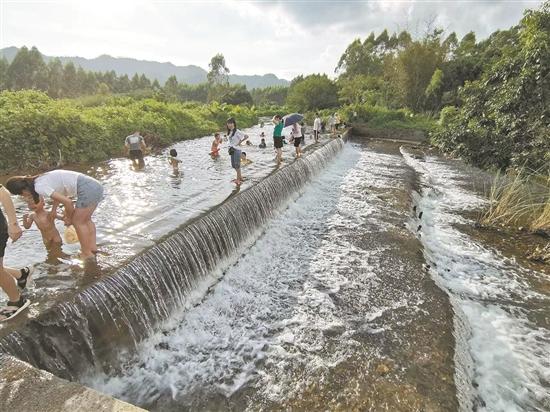
According to reports, Lianghua Town will plan to develop a small tourist town, fully tap the rich green, red, and antique resources in the town, use the Wenchang Pavilion Cultural Park project to release the charm of the millennium ancient county, and use the old district of Xiedong Revolution to do a good job of red tourism. " "Big articles", use Yunxuan Vortimony, Rose Manor, Taiyu, Shennong Yunxi Valley, Shuilian South Pharmaceutical Plantance and other projects to create ecological recreation, leisure experience, science popularization tourism and other agricultural tourism formats, and finally integrate a variety of tourism Resources, with point -to -face, connecting into films, creating a rural tourism demonstration town integrating diversified functions.
Source | Yangcheng Evening News · Yangcheng School
Responsible editor | Zhu Guangyu
- END -
At this exhibition, the cultural relics of the six major projects of Hubei and other Hubei projects appeared

China Hundred Years of Archaeological Discovery Exhibition.The Yangtze River Daily...
He Jian Gong's original 丨 Traveling through time and space at the Xiangyang Museum (group poem)
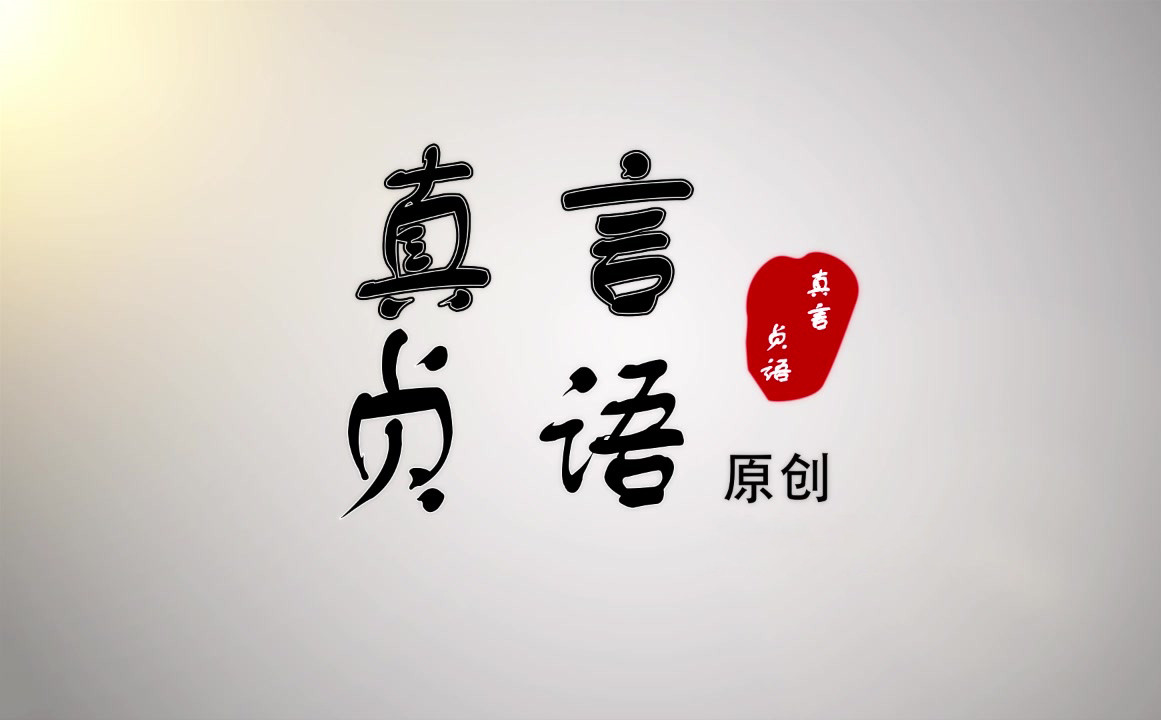
Travel through time and space at the Xiangyang MuseumText/He Jian Gong【Preface】I...